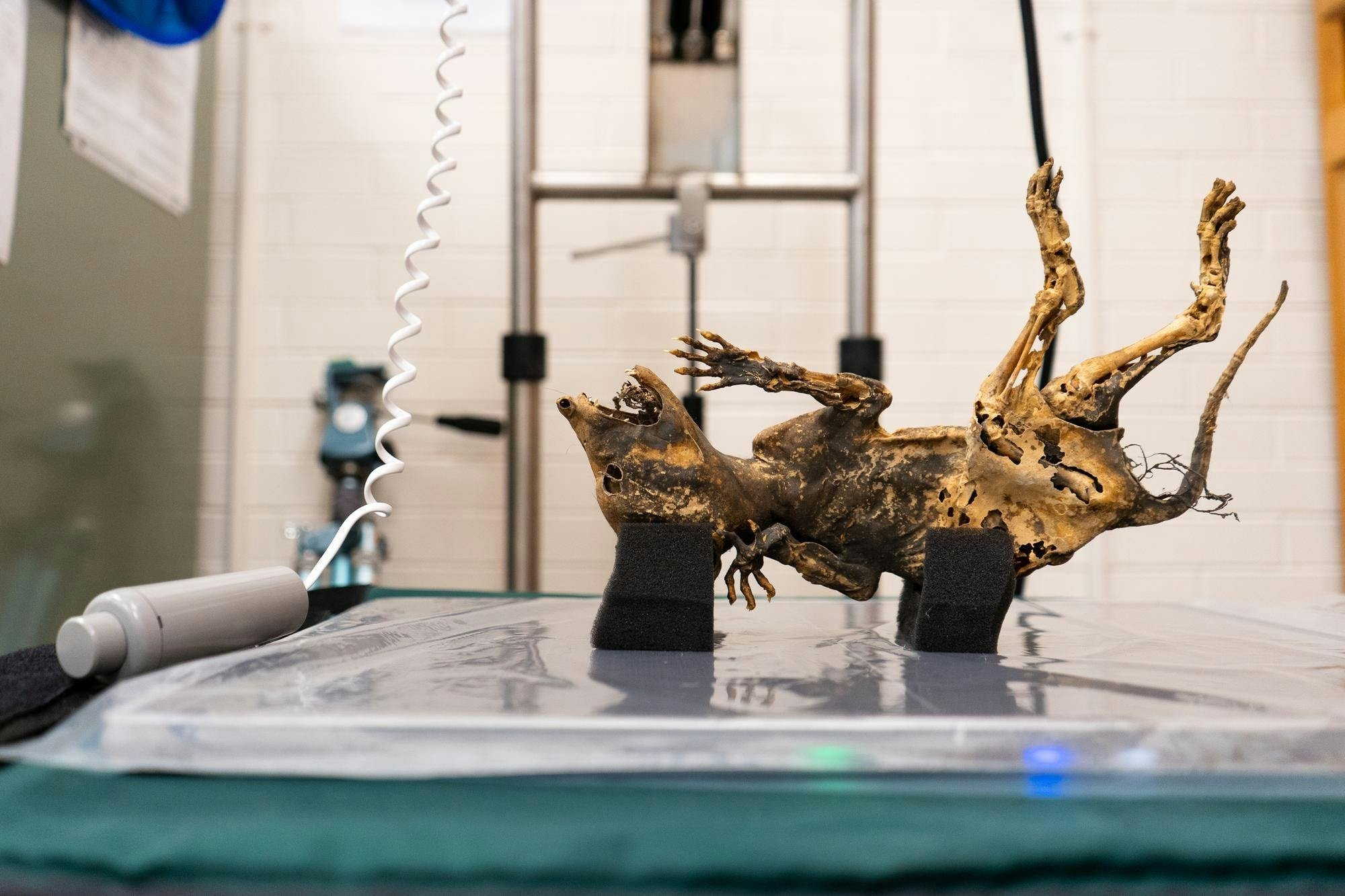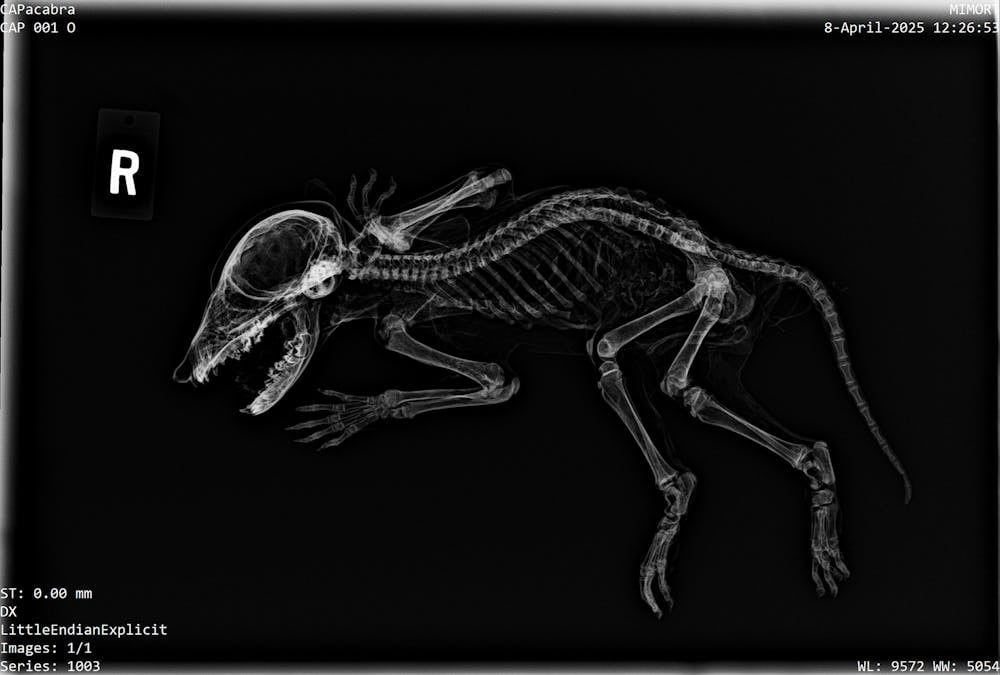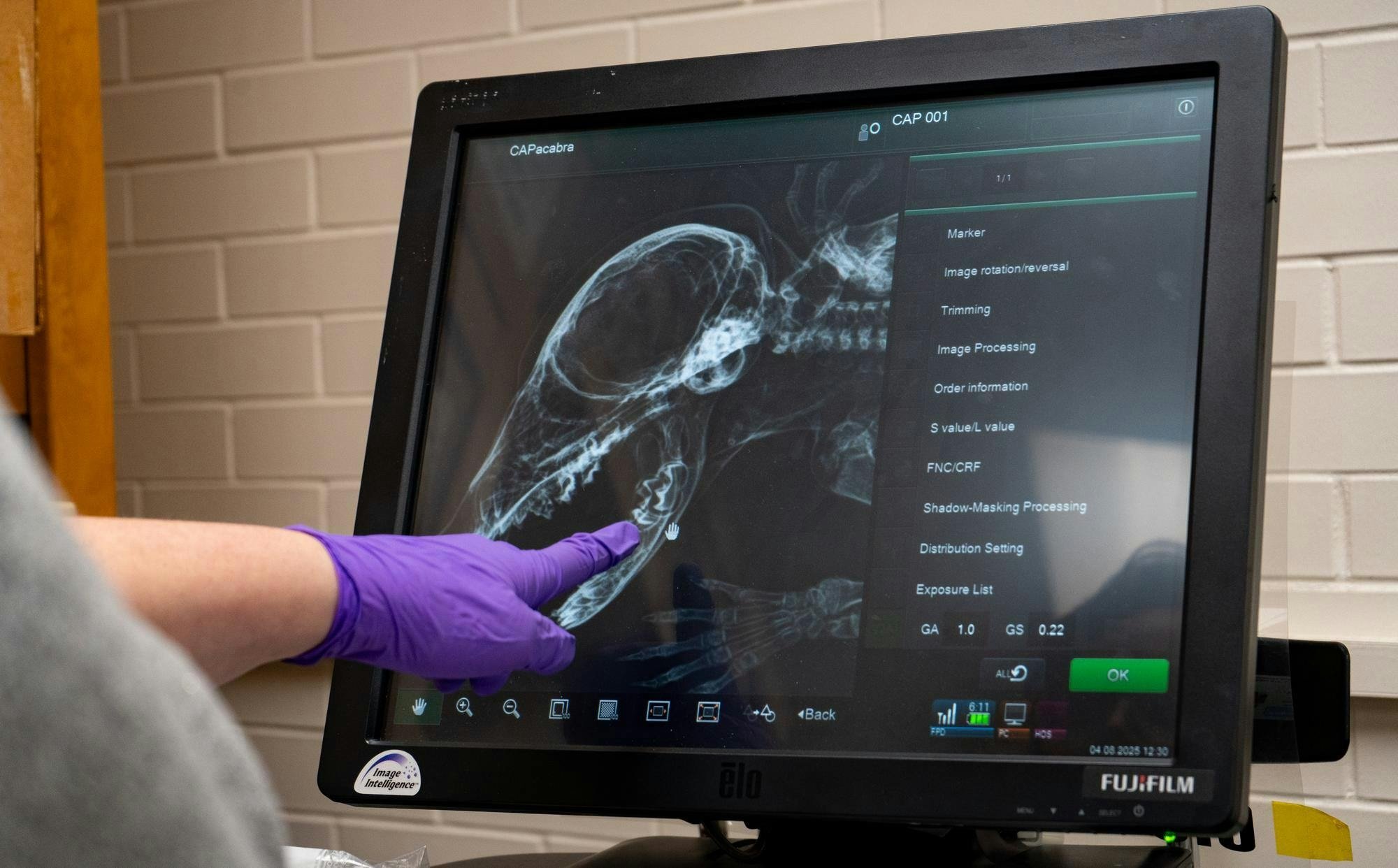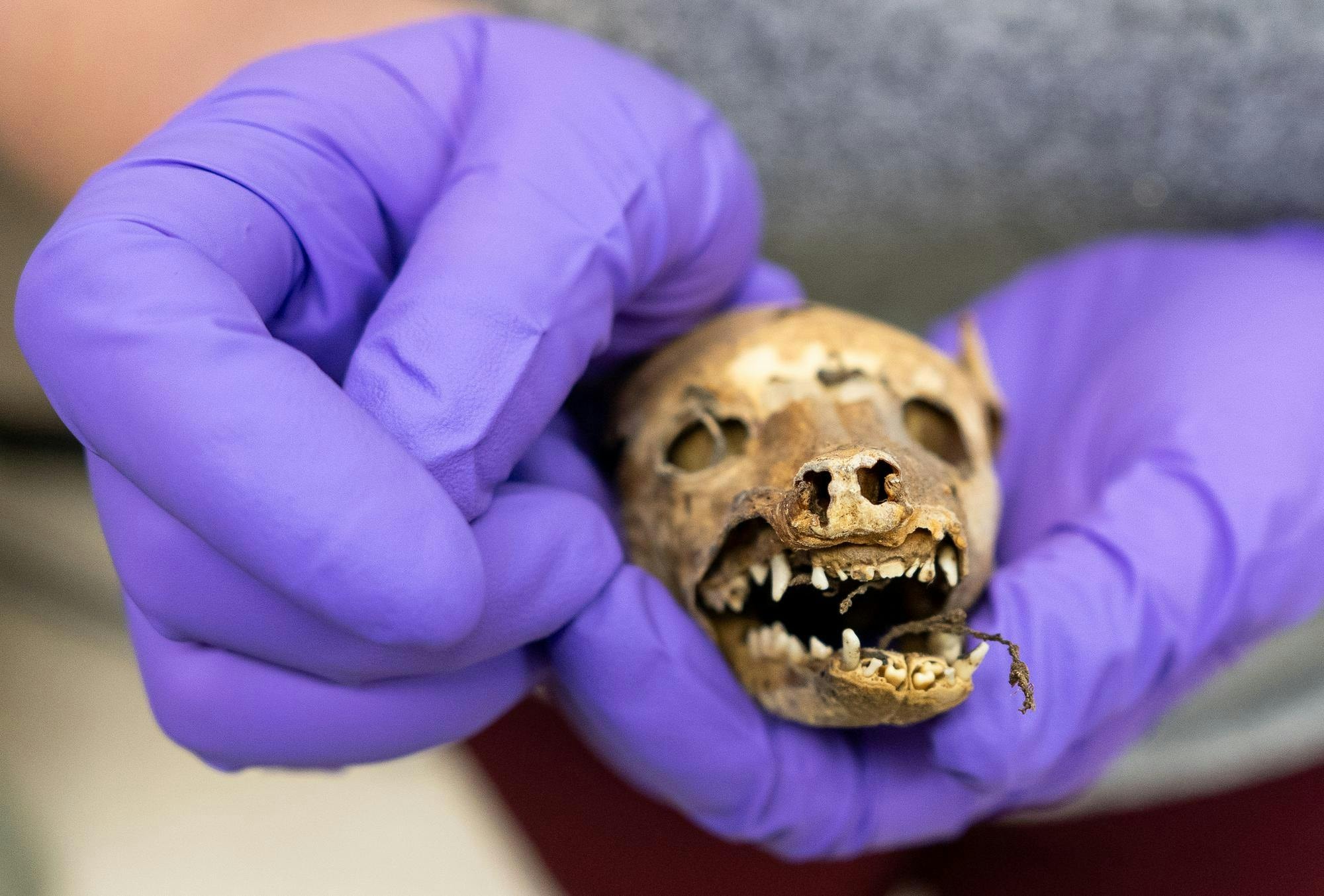Scientists are surprised: Mummified creature found at university has hands almost like human hands

The creature's hands are almost human-like, which makes it even more interesting. It has five fingers, claws, and a fine texture that feels like old parchment paper to the touch. Its nose and ears are still there, but they are extremely dry and dusty.
After its discovery, the creature became the mascot of the university’s Campus Archaeology Program (CAP), named “Capacabra” after the legendary “chupacabra,” a play on the letters CAP. But its true identity remains a mystery.
Jerielle Cartales, a doctoral student in forensic anthropology, is trying to solve the mystery. Cartales says the creature is about the size of a small cat, but its tail is very long and thin. The most striking feature, she says, is its hands, which are almost human-like.

Initial speculations focused on species such as opossums, dogs, cats or mice, but X-ray images and skeletal structure examinations eliminated these options. According to Cartales, the strongest possibility at the moment is the raccoon. However, a definitive conclusion needs to be made by examining the dental structure. The fact that the raccoon specimens in Cartales' sources are edentulous makes this process difficult.
IT IS NOT KNOWN WHEN AND HOW IT GOT THEREIt is not known how or when the creature got there. It could not have been there before 1889, because that is when the building was built. But according to Cartales, the creature most likely got in through an air duct, got trapped and mummified over time. The dryness, warmth and protective structure of the building may have aided this process.

“As a scientist I can never say I’m 100 percent sure, but right now I think it’s about 75 percent a raccoon,” Cartales said.

The Chupacabra is an urban legend creature of Latin American origin, particularly popular in Puerto Rico, Mexico and the southern states of the United States. Its name comes from the Spanish words "chupar" (to suck) and "cabra" (goat).

SÖZCÜ




